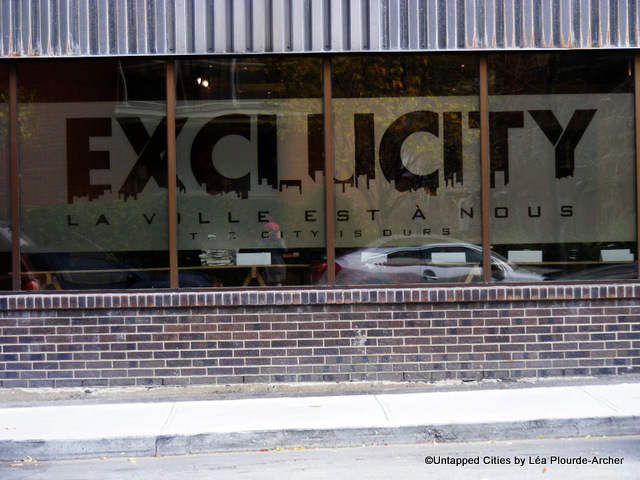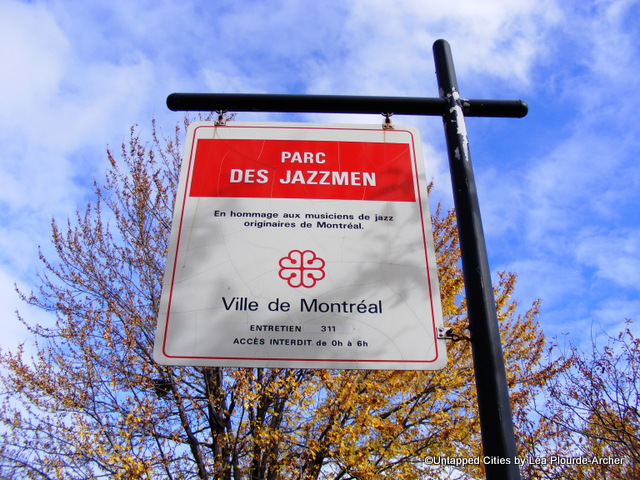
The story of the neighboring districts of Little Burgundy and Saint-Henri is an oft-told one. Both are working-class neighborhoods that were lively in the thirties and forties, but went into decline after new road infrastructure (like the Turcot interchange) isolated them during the urban renewal efforts of the sixties. Artists and young entrepreneurs eventually started moving into the area, attracted by the cheap rent and (potentially) beautiful buildings. Now, gentrification is starting, but at a fairly slow rate.
Historically, it was in Little Burgundy that much of Montreal’s internationally renowned jazz scene developed. Starting in the 1880s, the area was home to a large part of Montreal’s black community, most of which worked on the nearby railroads. Music was an important part of their daily lives, be it at church or in the many music clubs around the neighborhood. During the Prohibition era, musicians like Duke Ellington, Sarah Vaughn and Dizzy Gillespie regularly crossed the border and came to Little Burgundy/Saint-Henri to enjoy the crazy nights at popular cabarets like Rockhead’s paradise or Café Saint-Michel.
Today, most of this community has split up and moved to other parts of the city but its past presence can still be felt in subtle ways. For example, parks and buildings have recently been renamed to honor famous local jazz musicians like Oliver Jones or Oscar Peterson.
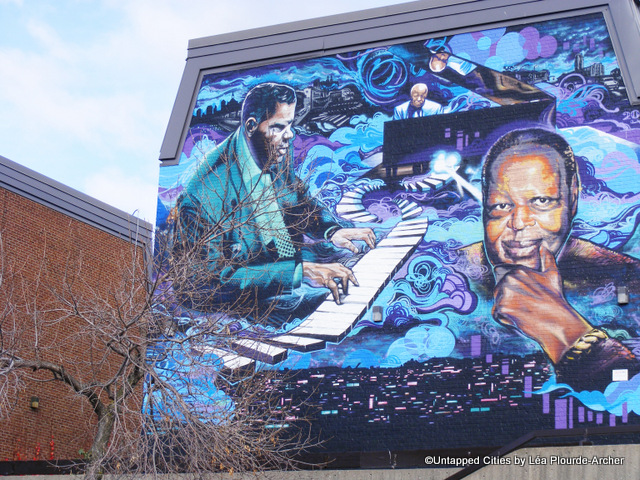
A few noteworthy spots from that particular era are still standing, but abandoned or in dire need of renovation, like the former community center turned into a street art hotspot, or the Union United Church, which has hosted gospel concerts and conferences by Desmond Tutu and Nelson Mandela.
Today, efforts are slowly being put together in order to keep them up and instill a new breath of life into them.
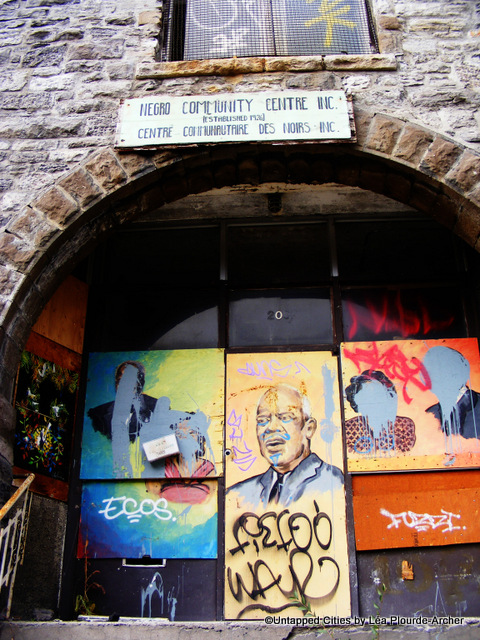
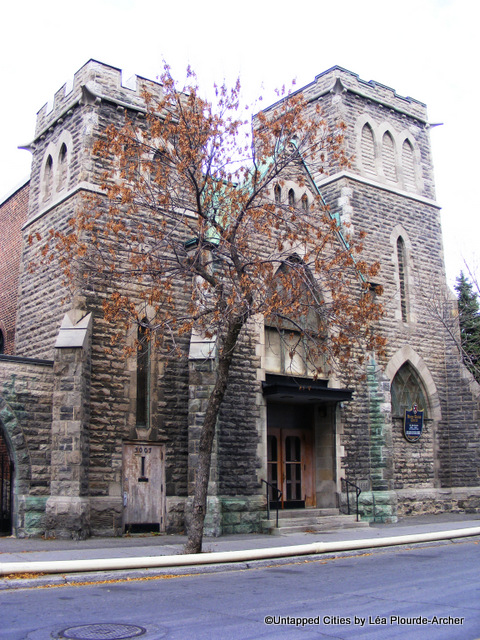
Art has also been incorporated more officially into public spaces in Little Burgundy. The Art Deco Atwater Market building, selling fresh produce and meat since 1933, is located right on the edge of the Lachine Canal, a popular spot for cycling trips and summer picnics. On a terrace between the market and the water’s edge, there is an installation by Montreal-based Polish artist Jacek Jarnuszkiewicz. Each of Les Allusif‘s eight stainless steel sculptures refers to one aspect in the surrounding neighborhood’s history, partly focusing on its musical heritage (represented by two side by side pianos facing opposite ways).
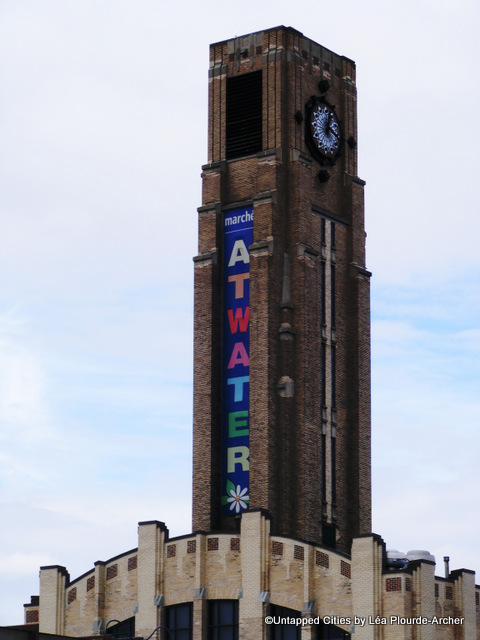
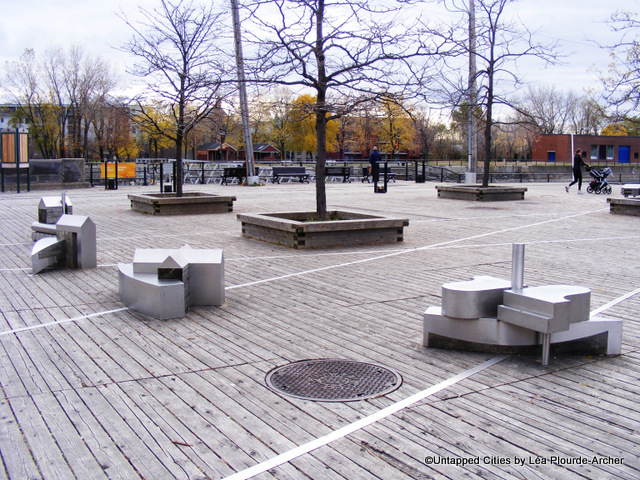

Notre-Dame Street is at the center of Little Burgundy’s revival. Though the street runs through more than 22 miles of Montreal, the section of Notre-Dame Street that passes through Little Burgundy has its own nickname and personality, having long been known as “Antique Alley” because of the clustering of antique shops. In the last decade, trendy record labels, non profit organizations and restaurants have also settled here. Two of Montreal’s most hyped eateries, Joe Beef and Burgundy Lion are attracting tourists and locals alike to the area.
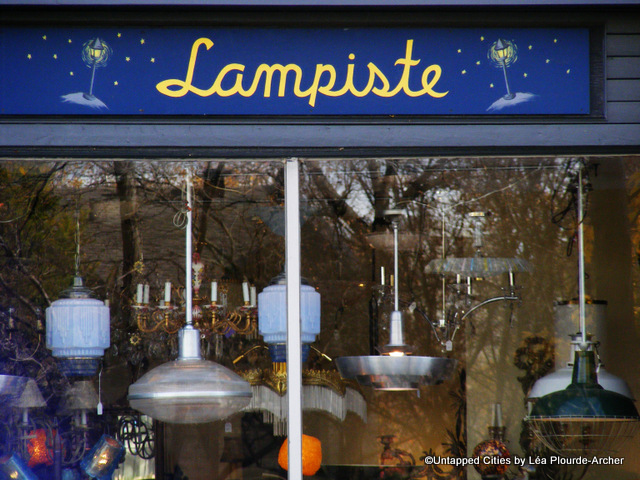
Finally, also standing on this stretch of Notre-Dame street is the Théâtre Corona. The former movie theater turned concert venue was built in 1912 and has a distinctive cast-iron and ceramic facade and a luxuriously decorated interior.
Left to abandon between 1965 and 1987, it was then used by artists Martha Fleming and Lyne Lapointe as a setting for their art installation La Donna deliquenta (Be sure to check out this link to see beautiful pictures of the interior before it was restored). This event marked the moment when the old theater came back into public consciousness.
A decade later, it was bought and restored by a non lucrative arts corporation. Nowadays, it is a popular spot for intimate concerts (it has a capacity of 750 people), hosting local indie bands as well as household names (Patrick Watson, The Raveonettes, Steve Earle and Sleigh Bells have all played here in 2012).
Today, residents continue to embrace Little Burgundy as home and are proud to be part of its revival. Even for those that don’t reside there, it has been a pleasure to see how creative and inspiring its rebirth has been.
